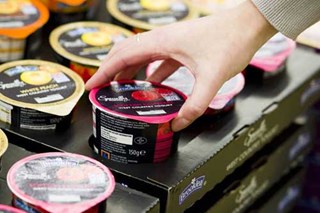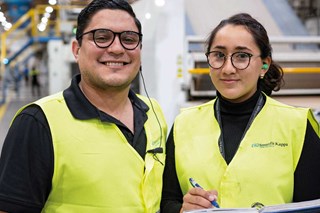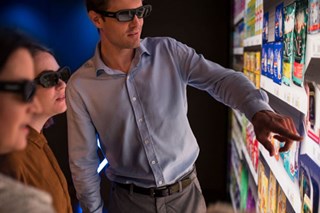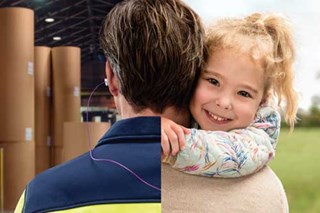Closing the loop of 360° marketing
By Arco Berkenbosch,
Vice President Marketing, Research & Development, Smurfit Kappa
The weekly shop is becoming an increasingly complex affair. As our daily lives get busier and technology throws up more opportunities, more choice and more demands, how we shop and where we shop has been revolutionised.
No longer is it about the once a week trip to buy the groceries - all sorts of avenues are available for those of us who are time poor or who just prefer a more localised alternative.
According to the Association of Convenience Stores more than 80% of shoppers now travel less than a mile to their local shop, with 57% of those trips being made on foot. Online shopping and home delivery are also playing a more prominent role. Smartphones, tablets and apps make the process easy for the customer to shop from the comfort of their home, on the train or even at work.
In this complex, multi-channel environment, marketing that reaches the shopper at every possible touch point becomes all the more important. The ultimate ambition of an integrated, holistic, 360˚ marketing campaign takes on even greater significance in a world where contact, as much as content, is king and the opportunities to reach the shopper are more fragmented.
Yet often the last leg, right at the supermarket shelf, where the overwhelming majority of final purchase decisions are made, is being missed by brands; an estimated multi-million euro marketing channel sitting on the supermarket shelf.
In terms of selection, shoppers react to what they see in front of them; shapes and colours, visual disruptions attract them to particular categories and products. More than three-quarters of decisions to buy one brand over another are made when the shopper is at the shelf, known as the ‘First Moment of Truth’.
Brand directors, quite rightly, spend significant amounts of money and time on the primary packaging of their product. Yet we have estimated that it can account for as little as 60% of what the shopper actually sees on shelf. The remainder of the in-store packaging or display is often either out of their control or they are not engaged in its development, partly due to the different stakeholders and responsibilities as part of the trade marketing chain. But, in today's highly competitive retail environment, who would be happy to relinquish control of up to 40% of how their brand message is presented to the shopper?
One of the reasons, certainly for lack of interest, is that until recently there hasn’t been the ability for marketers to measure the impact of a more branded shelf-presence easily and cost-effectively. Without clearly illustrated benefits to the bottom line, on-shelf marketing can simply be viewed as adding unnecessary complexity and cost to the supply chain.
However, technology has now advanced to the point where one can evaluate and prove the impact ahead of putting even test products in store. Marketers at last have the ability to make it right before making it real.
Through the wonders of smart technology, brand owners can now test and understand the impact of on-shelf marketing tools such as Shelf Ready Packaging. They can visualise a virtual supermarket shelf and collate the results of online eye-tracking studies via webcam. It is now possible to validate the effectiveness of different shopper marketing strategies and packaging designs and before they are physically created and brought to shelf.
New, online testing technologies allow this channel to be planned and executed as quickly as, if not more quickly than, other parts of the marketing mix – from brief to finished design within weeks, including testing.
This potentially revolutionises the use of Shelf-Ready Packaging for marketers. Rather than being scheduled weeks and months ahead, it means that in-store marketing can be kept in step with the latest brand activity, as well as used to highlight topical campaign promotions at short notice.
In a complex world of fragmented media and shopper channels, speed to market and flexibility are more critical than ever, as well as the ability to make it right first time. Brand directors can now evaluate different design options in test conditions, based on shopper insight and in a way which is measureable, fast to implement and provides the missing element of any 360° marketing strategy.
To learn more, read our white paper, Marketing on the Shelf - Exactly how in control are you?.


















